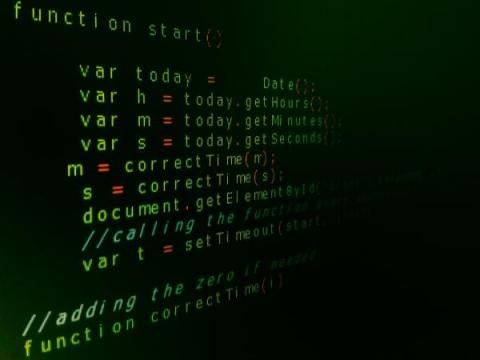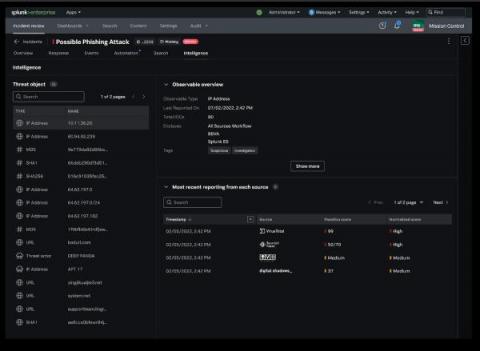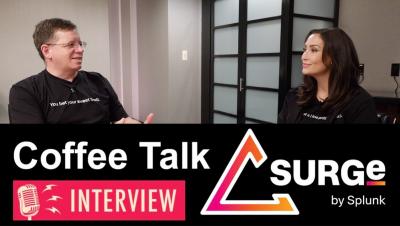Quantum-Safe Cryptography & Standards: QSC, PQC, QKD & More!
What is “quantum”, really? The emperor's new (quantum) clothes: cutting through the quantum hype It’s hard to move in security circles today without hearing someone pontificating about “quantum”. Maybe you keep hearing how all cryptography and security of the internet will be devastated by a quantum computer.











